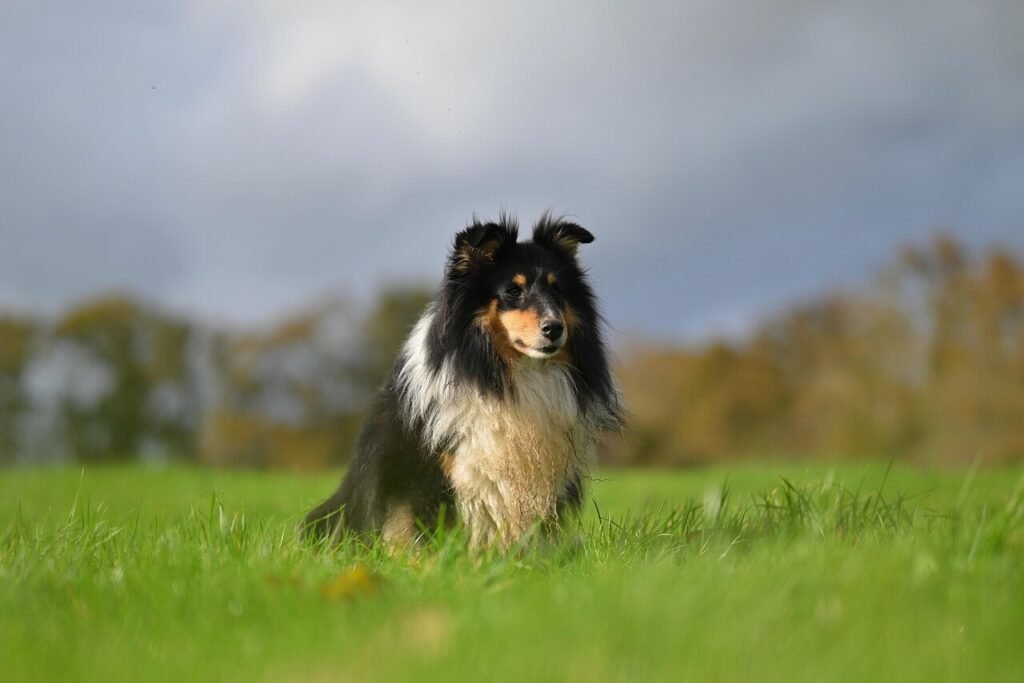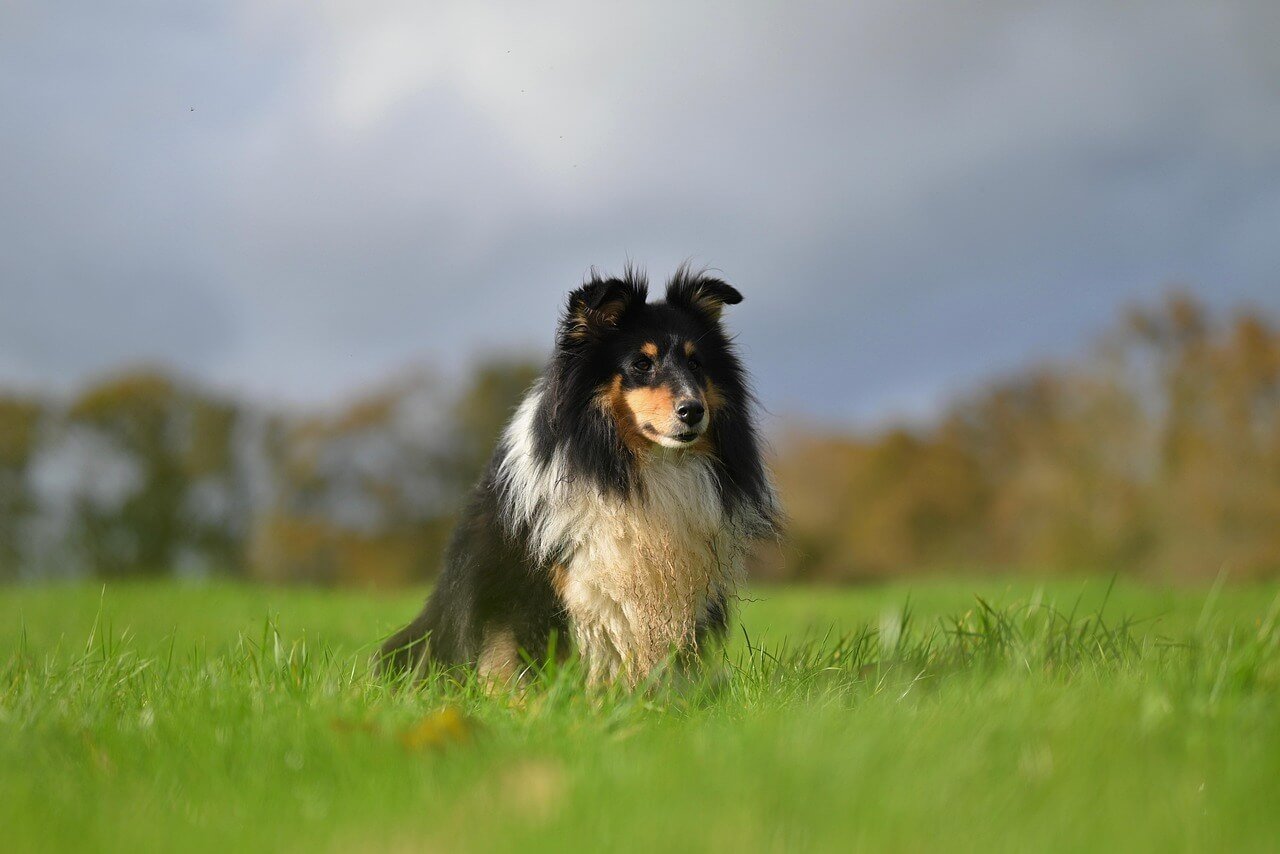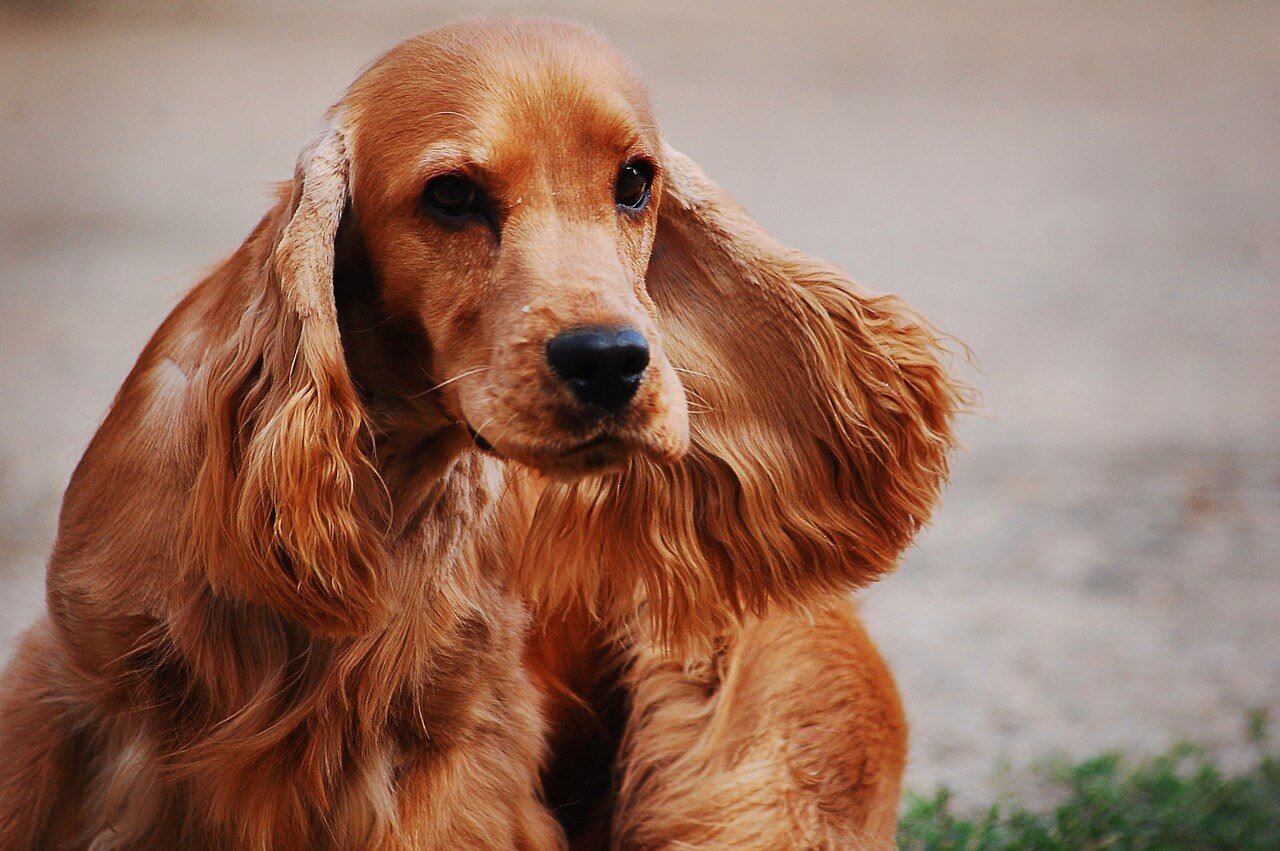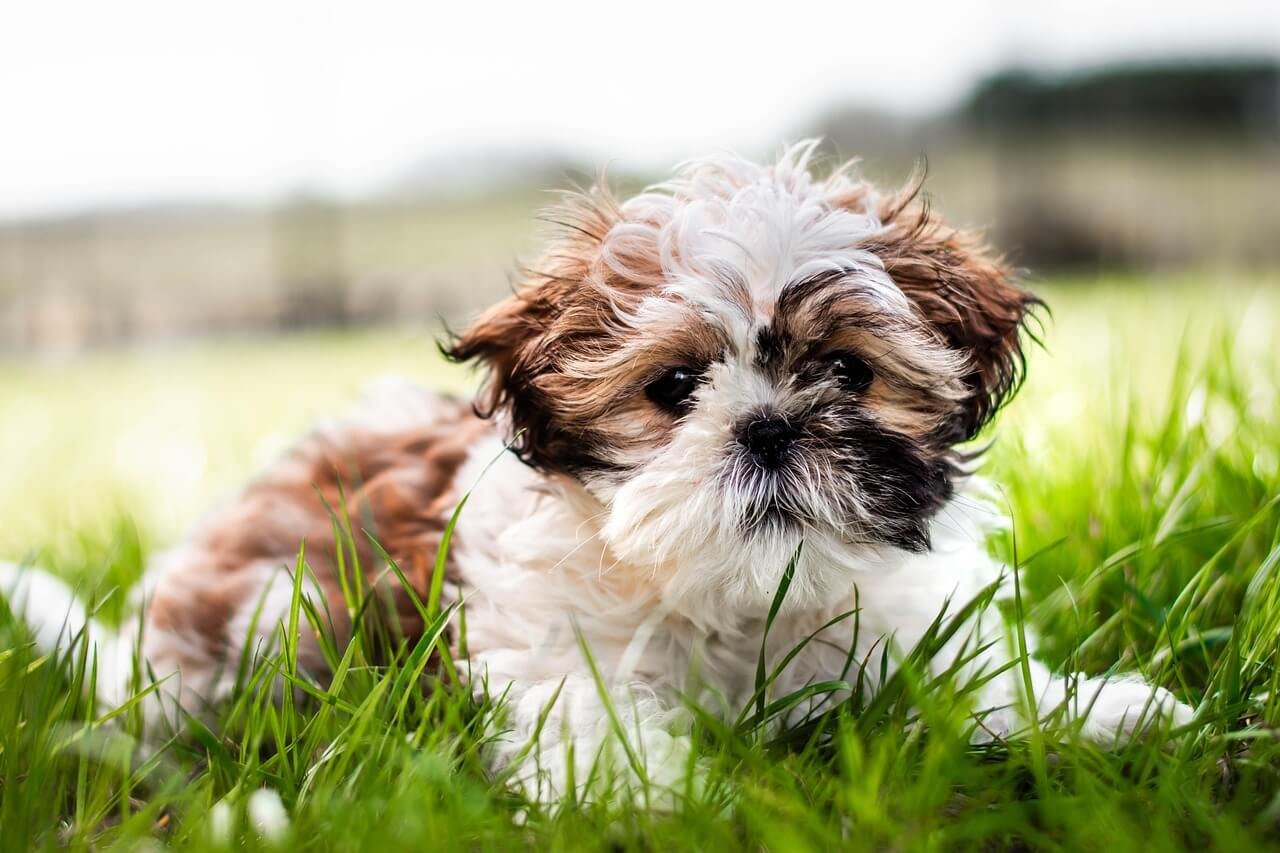Finding the Perfect Fit: What Size Dog Bed Do I Need?
Choosing the right dog bed size is more than just a matter of comfort—it’s about ensuring your furry friend has a cozy, supportive space to rest and recharge. Whether you’re a first-time pet owner or simply upgrading your dog’s sleeping area, understanding how to determine the correct bed size can make all the difference. From small breeds that curl up tight to large dogs that sprawl out, every pup deserves a bed tailored to their unique needs. Let’s dive into the essentials of selecting the perfect dog bed size for your four-legged companion.
Key Factors to Consider When Choosing a Dog Bed Size
Before purchasing a dog bed, it’s essential to evaluate several factors that influence the ideal size. These considerations ensure your dog’s comfort and well-being while maximizing the lifespan of the bed. Here’s what you need to keep in mind:
Your Dog’s Breed and Size
Different breeds have varying body shapes and sizes. A Chihuahua will require a much smaller bed than a Great Dane. Always base your decision on your dog’s breed and physical dimensions.Sleeping Position
Does your dog sleep curled up in a ball, stretched out, or on their side? Observing their natural sleeping posture helps determine how much space they truly need.Age and Mobility
Older dogs or those with joint issues may benefit from larger, orthopedic beds that provide extra support and ease of movement.Growth Potential
If you have a puppy, consider their adult size when choosing a bed. Investing in a slightly larger bed now can save you money in the long run.Available Space in Your Home
Measure the area where you plan to place the bed. Ensure there’s enough room for the bed without overcrowding your living space.
By taking these factors into account, you’ll be better equipped to select a bed that suits your dog perfectly. Remember, comfort and practicality go hand in hand.
Common Dog Bed Sizes and Their Suitability
Dog beds come in a variety of sizes, each catering to different breeds and preferences. Understanding the standard sizing options available can simplify your decision-making process. Below is an overview of common dog bed sizes and which dogs they suit best:
Small Beds (20-24 inches)
Ideal for toy breeds like Pomeranians, Yorkshire Terriers, and Chihuahuas. These compact beds are perfect for dogs under 20 pounds.Medium Beds (26-36 inches)
Suitable for small to medium-sized breeds such as Beagles, Cocker Spaniels, and Shih Tzus. They accommodate dogs weighing between 20 and 50 pounds.Large Beds (38-48 inches)
Designed for medium to large breeds like Labrador Retrievers, Boxers, and Huskies. These beds work well for dogs ranging from 50 to 100 pounds.X-Large Beds (50+ inches)
Perfect for giant breeds such as Great Danes, Mastiffs, and Saint Bernards. Dogs over 100 pounds will feel comfortable and supported on these spacious beds.Customizable Options
Some brands offer adjustable or modular beds that can be tailored to fit your dog’s specific needs, regardless of their size or shape.
With so many options available, finding the right size doesn’t have to be overwhelming. Focus on your dog’s unique requirements, and you’ll find a bed that fits like a dream.
Check this guide 👉Top 5 Premium Waterproof Dog Beds for Ultimate Comfort!
Check this guide 👉5 Ultimate Dog Bed Picks for Maximum Comfort Now!
Check this guide 👉Best Dog Beds for Older Dogs: Best 7 Expert Tips!

Dog Size Category | Recommended Bed Dimensions |
|---|---|
Small Breeds | 20-24 inches |
Medium Breeds | 26-36 inches |
Large Breeds | 38-48 inches |
X-Large Breeds | 50+ inches |
Customizable Beds | Adjustable sizes |
Tips for Measuring Your Dog Accurately
Measuring your dog is a crucial step in determining the correct bed size. Follow these tips to ensure accuracy and avoid buying a bed that’s too small or unnecessarily large:
Measure From Nose to Tail
Use a soft measuring tape to measure your dog’s length from the tip of their nose to the base of their tail. This gives you an idea of how much space they need to stretch out comfortably.Account for Width
Measure your dog’s width at their widest point, typically around the shoulders or chest. Add a few extra inches to this measurement for wiggle room.Include Head Space
If your dog likes to rest their head on the bed, factor in additional space for their head and neck.Observe Natural Posture
Watch how your dog sleeps and measure accordingly. For example, if they curl up tightly, you might not need as much space as you would for a sprawler.Double-Check Measurements
It’s easy to make mistakes, so double-check your numbers before making a purchase. Precision ensures your dog gets the best possible fit.
Taking the time to measure carefully will pay off in the form of a happy, comfortable pup.
Additional Features to Look for in a Dog Bed
While size is critical, other features can enhance your dog’s comfort and satisfaction. Consider these aspects when shopping for a bed:
Material Quality
Opt for durable, washable materials that can withstand wear and tear.Support Level
Memory foam or orthopedic beds provide excellent support for older dogs or those with joint issues.Ease of Cleaning
Removable, machine-washable covers make maintenance hassle-free.Temperature Regulation
Look for beds with cooling or heating properties depending on your dog’s preferences and climate.Edge Design
Bolstered or raised edges offer a sense of security and serve as a pillow for your dog.
Prioritizing these features alongside size ensures your dog enjoys a bed that meets all their needs.
Understanding Your Dog’s Personality and Preferences
Every dog is unique, and their personality can influence the type of bed they prefer. Some dogs love to burrow, while others enjoy lounging in open spaces. Here are a few personality-based considerations to keep in mind:
Burrowers vs. Loungers
Dogs that love to burrow may prefer beds with high sides or enclosed designs, offering a cozy den-like feel.Chewers and Destroyers
If your dog has a habit of chewing, opt for durable, chew-resistant materials to extend the bed’s lifespan.Anxious or Timid Dogs
For anxious pets, beds with raised edges or cave-like structures can provide a sense of security and calm.Active Dogs
High-energy dogs may benefit from beds designed for quick access and easy movement, such as flat mats or low-profile options.Temperature Sensitivity
Some dogs are sensitive to heat or cold. Choose cooling gel beds for summer or insulated beds for winter comfort.
By aligning the bed’s features with your dog’s personality, you create a space where they feel safe, relaxed, and truly at home.
Benefits of Investing in a High-Quality Dog Bed
A high-quality dog bed isn’t just a luxury—it’s an investment in your dog’s long-term health and happiness. Here’s why spending a little extra on a premium bed is worth it:
Joint and Muscle Support
Orthopedic beds with memory foam reduce pressure on joints, making them ideal for senior dogs or those with arthritis.Durability
Premium materials withstand frequent use and washing, ensuring the bed lasts longer than cheaper alternatives.Improved Sleep Quality
A comfortable bed promotes deeper, more restful sleep, which is essential for your dog’s overall well-being.Hygiene and Cleanliness
High-quality beds often come with removable, machine-washable covers, making it easier to maintain a clean environment.Customization Options
Many premium beds offer customizable sizes, shapes, and features to suit your dog’s specific needs.
Choosing a high-quality bed ensures your dog enjoys maximum comfort and support, enhancing their quality of life.
How to Transition Your Dog to a New Bed
Introducing your dog to a new bed requires patience and positive reinforcement. A smooth transition helps your dog feel secure and excited about their new sleeping space. Follow these tips for success:
Place the Bed in a Familiar Spot
Position the new bed in an area where your dog already feels comfortable and safe.Use Positive Reinforcement
Reward your dog with treats or praise when they approach or lie down on the bed.Add Familiar Scents
Place an old blanket or toy on the bed to make it smell familiar and inviting.Spend Time Near the Bed
Sit near the bed during the initial days to encourage your dog to explore and associate it with positive experiences.Be Patient and Consistent
Some dogs take time to adjust. Avoid forcing them onto the bed and let them explore at their own pace.
With a little effort and consistency, your dog will soon embrace their new bed as their favorite spot to relax and unwind.
Frequently Asked Questions About Dog Bed Sizes
How do I know if my dog’s bed is too small?
If your dog looks cramped, frequently falls off the edges, or cannot stretch out fully, the bed is likely too small.
Can I use a human mattress for my dog?
While possible, human mattresses may lack the support and durability needed for a dog’s body. Specialized dog beds are recommended.
Should I buy a bigger bed if my dog grows?
Yes, especially for puppies. Purchasing a slightly larger bed accommodates future growth and saves money in the long term.
Are round beds better than rectangular ones?
It depends on your dog’s sleeping style. Round beds suit curlers, while rectangular beds are better for sprawlers.
How often should I replace my dog’s bed?
Replace the bed when it shows signs of wear, loses support, or becomes difficult to clean.
Final Thoughts: Prioritize Comfort and Practicality
Selecting the right dog bed size is a thoughtful investment in your pet’s happiness and health. By considering factors like breed, sleeping habits, and available space, you can find a bed that perfectly complements your dog’s lifestyle. Remember, a well-chosen bed not only enhances comfort but also fosters a deeper bond between you and your furry companion. With careful planning and attention to detail, you’ll create a cozy sanctuary where your dog can relax and thrive. After all, every wagging tail deserves a place to call its own.
How Much Is a Cocker Spaniel? Best 7 Expert Tips! Discover the true cost of owning a Cocker Spaniel, from initial expenses to expert advice on budgeting and care. Perfect for future owners!
How Much Should a Shih Tzu Weigh? Best 7 Expert Tips! Discover the ideal weight range, factors influencing it, and expert advice to keep your Shih Tzu healthy and happy.
How Much Does a Shih Tzu Cost? Best 7 Expert Tips! Discover the true cost of owning a Shih Tzu, from initial expenses to hidden fees. Perfect for future owners!
Are Shih Tzus Hypoallergenic? Best 7 Health Tips! Discover if Shih Tzus are hypoallergenic and learn expert advice to manage allergies with this beloved breed. Perfect for allergy sufferers!





